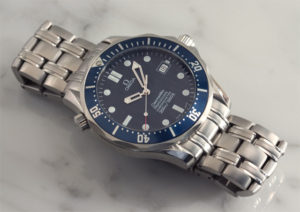In the 1960s, Rolex and Doxa co-created the helium escape valve and introduced it in the Rolex Submariner, the Rolex Sea-Dweller, and the Doxa Conquistador. Today, plenty of luxury watch brands will include a helium escape valve in their serious dive watches.
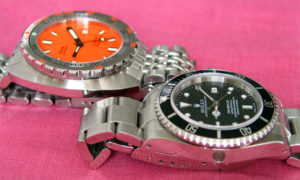
At that time, Rolexes were being used by the SEALAB and COMEX divers and others in the field of commercial diving, when diving bells and underwater habitats were just coming into use. The divers found that the crystals were exploding off their watches as they rose in decompression chambers due to the buildup of helium gas in the watch after extended stays inside the dry pressurized habitats used for commercial diving. The valve was a no-nonsense solution to this problem.
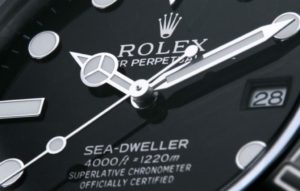
At depths greater than 250 ft, the gasses in water become toxic. When divers go on expeditions at these depths, they have to travel down in a diving bell, which is highly saturated with helium and hydrogen to counteract the toxic air found at these depths.
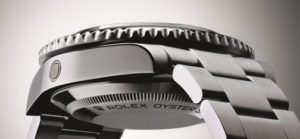
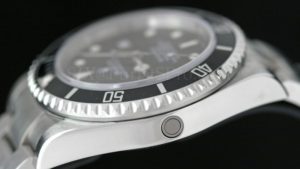
In order to counter the effects of nitrogen in the air breathed by workers temporarily living in deep water habitats, that nitrogen is largely replaced by helium. And the pressure in these habitats is typically higher then sea level atmospheric pressure.
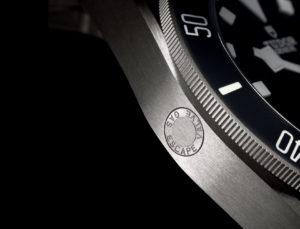
Because helium atoms are extremely small, they easily slip inside a watch case. This becomes a problem when the diving bell makes its ascent to the surface. As the bell depressurizes, so does the watch. The build-up of helium atoms inside of the watch case could damage the watch and the resulting pressure could pop the crystal off of the case.
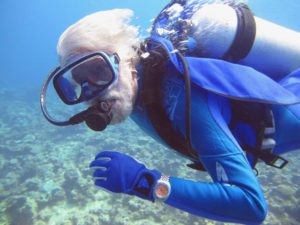
So that’s how helium gets into divers’ watches. It’s driven in by that increased pressure while divers are residing in their living quarters at depth. And when they finally come back to the surface and decompress after days or weeks at depth (and increased pressure), their watches are liable to explosively pop their crystals if that helium build-up isn’t properly released.
The valve doesn’t have anything to do with actual diving. Instead, it has to do with living in a pressurized environment when not diving.
A helium release valve does not make a watch capable of diving to deeper depths. It was designed to function in a dry, pressurized environment and only deals with the gases in the air, not with the water in which the timepiece is submerged during diving.
